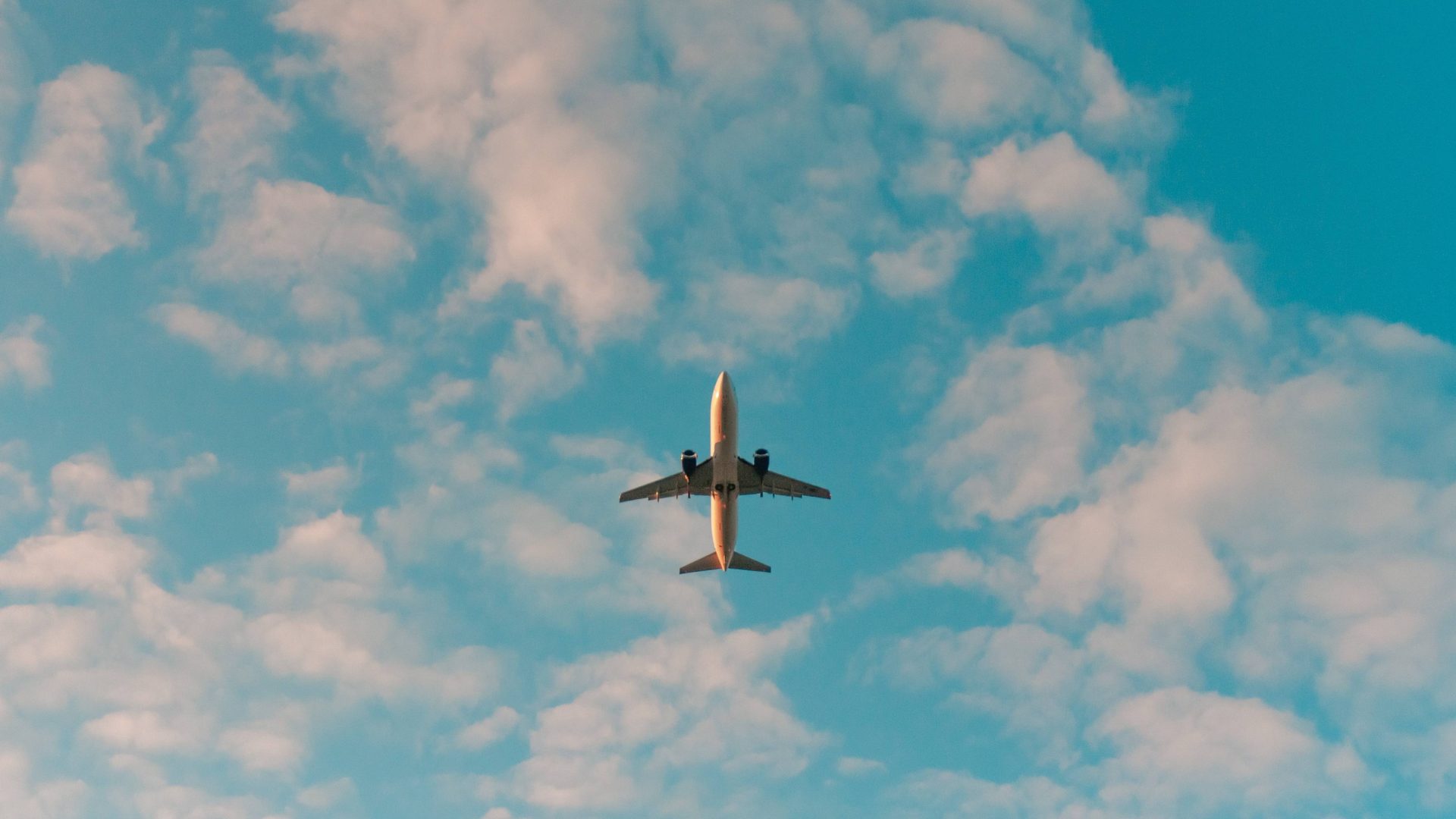
With Qantas set to fly from Australia’s east coast to London for 19 hours, non-stop, it begs the question: What will happen to your body during one of these longer flights? And is it any different to what happens when you fly long-haul now?


With Qantas set to fly from Australia’s east coast to London for 19 hours, non-stop, it begs the question: What will happen to your body during one of these longer flights? And is it any different to what happens when you fly long-haul now?
If crowded airports are a sign, Australians are keen to get back into the skies. And if you’re flying long haul, in a few years you could have an even longer option.
Qantas has announced from late 2025, it will fly passengers on non-stop flights from Australia’s east coast to London that would see you in the air for more than 19 hours in one stretch. That’s compared with current flights that take the best part of 24 hours but are broken up into shorter legs.
So what will happen to your body during one of these longer flights? Is it any different to what happens when you fly long-haul now?
Dehydration is common on long-haul flights. It can explain why your throat, nose and skin can feel dry on an aeroplane. The longer the flight, the greater the risk of dehydration.
That’s because of low levels of humidity in the cabin compared with what you’d expect on the ground. This is mostly because a lot of the air circulating through the cabin is drawn from the outside, and there’s not a lot of moisture in the air at high altitudes.
You also risk dehydration by not drinking enough water, or drinking too much alcohol (alcohol is a diuretic, resulting in an increase in fluid lost).
So drink water before you jump on the plane. During the flight, you’ll also need to drink more water than you usually would.
Longer flights mean you are more likely (but not always) to cross more time zones. Jet lag will usually become more problematic when you cross three or more, especially if you’re traveling east.
As the cabin pressure changes, the gas in our bodies reacts accordingly. It expands as the aircraft climbs and pressure decreases, and the opposite occurs as we descend. This can lead to common problems such as:
You can also feel more sleepy than usual. That’s due to the body not being able to absorb as much oxygen from the cabin air at altitude than it would on the ground. Slowing down is the body’s way of protecting itself, and this can make you feel sleepy.
The good news is that most of these problems won’t necessarily be more pronounced on longer flights. They’re mainly an issue as the plane climbs and descends.
Blood clots, associated with being immobile for long periods, are usually a big concern for passengers. These include clots that form in the leg (deep vein thrombosis or DVT) that can travel to the lung (where it’s known as a pulmonary embolism).
If you don’t move around on the plane, and the more of the following risk factors you have, the greater the chance of blood clots developing:
According to a review in 2022, combining data from 18 studies, the longer you travel, the greater the risk of blood clots. The authors calculated there was a 26% higher risk for every two hours of air travel, starting after four hours.
So what about the risk of clots on these longer flights? We won’t know for sure until we start studying passengers on them.
Until that evidence comes in, the current advice still applies. Keep moving, stay hydrated and limit alcohol consumption.
There’s also evidence for wearing compression stockings to prevent blood clots. These stockings are said to promote blood flow in the legs and to help blood return to the heart. This would normally happen by muscle contractions from moving or walking.
A 2021 Cochrane review combined the results of nine trials with 2,637 participants who were randomized to wear compression stockings (or not) on flights lasting more than five hours.
No participants developed symptomatic DVTs. But there was evidence people who wore the stockings considerably reduced their chance of developing clots without symptoms, and we know that any clot can potentially grow, move and subsequently, cause symptoms.
Then there’s jet lag, which is a stranger to few of us. This is a disconnect between the time your body thinks it is and the time by the clock, as you cross time zones.
Longer flights mean you are more likely (but not always) to cross more time zones. Jet lag will usually become more problematic when you cross three or more, especially if you’re travelling east.
And if you take long-haul flights very often, it’s reasonable to assume that the longer you’re in the air, the greater the exposure to cosmic radiation. As the name suggests, this is radiation that comes from space, which may increase the risk of cancer and reproductive issues. We don’t know what level of exposure is safe.
However, unless you fly frequently it’s unlikely to be a problem. If you’re pregnant or have other concerns, have a chat to your GP before you fly.
And don’t forget COVID. Take the usual precautions—wash your hands regularly, wear a mask and don’t fly if you’re unwell.
Research into how the body reacts to these longer, non-stop flights between Australia and Europe is in its early stages. Teams in Australia are looking at this now.
Until then, if you’re taking a regular long-haul flight, the advice is relatively simple.
Follow the advice the airlines give you, and see your GP before you travel if necessary. During flight, make that extra effort to move about the cabin, drink water, wear a mask and practise good hand hygiene.
And see a doctor immediately for any worrying symptoms after your flight, as blood clots can take hours or even days to form, grow and move along your veins.![]()
___
This article is republished from The Conversation under a Creative Commons license. Read the original article.
***
Adventure.com strives to be a low-emissions publication, and we are working to reduce our carbon emissions where possible. Emissions generated by the movements of our staff and contributors are carbon offset through our parent company, Intrepid. You can visit our sustainability page and read our Contributor Impact Guidelines for more information. While we take our commitment to people and planet seriously, we acknowledge that we still have plenty of work to do, and we welcome all feedback and suggestions from our readers. You can contact us anytime at hello@adventure.com. Please allow up to one week for a response.

Dr Tony Schiemer is an Australian commercial pilot, engineer and medical doctor, specializing in aerospace medicine and general practice. He is a clinical lecturer at the University of Adelaide, and is currently working as a flight instructor and charter pilot across regional Australia.






Can't find what you're looking for? Try using these tags: